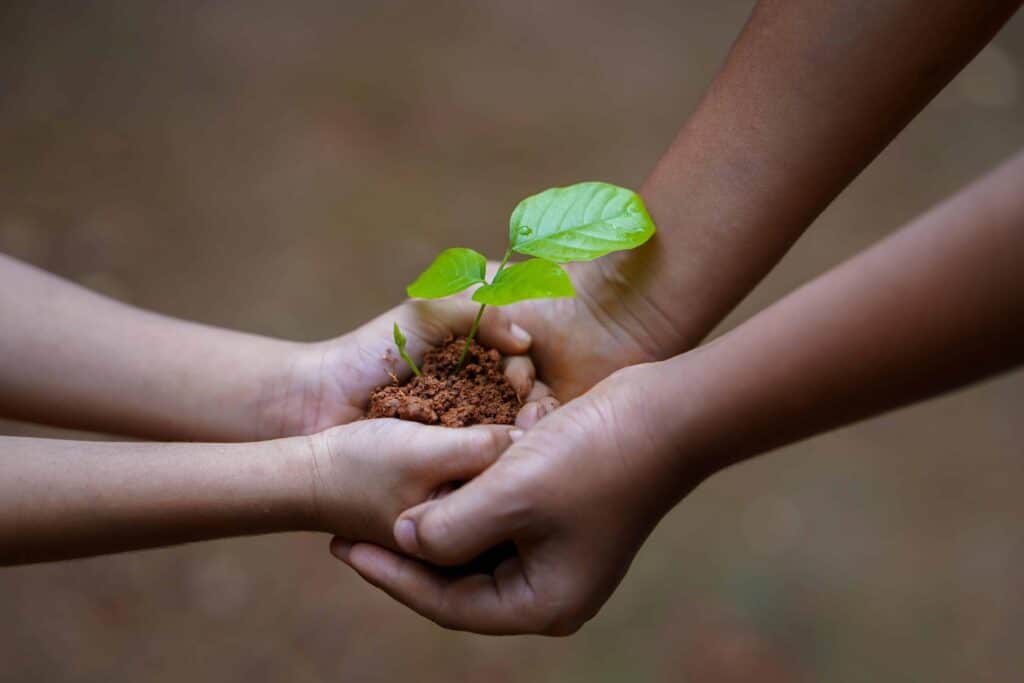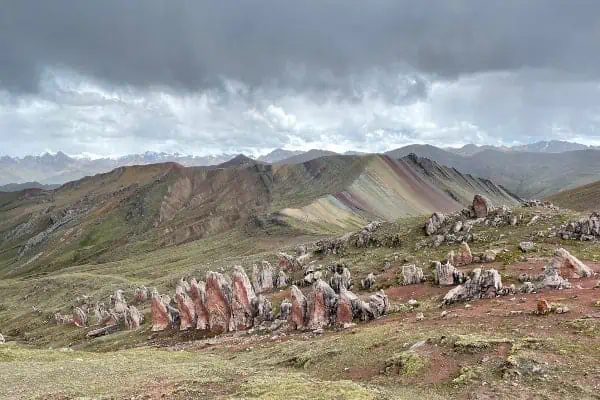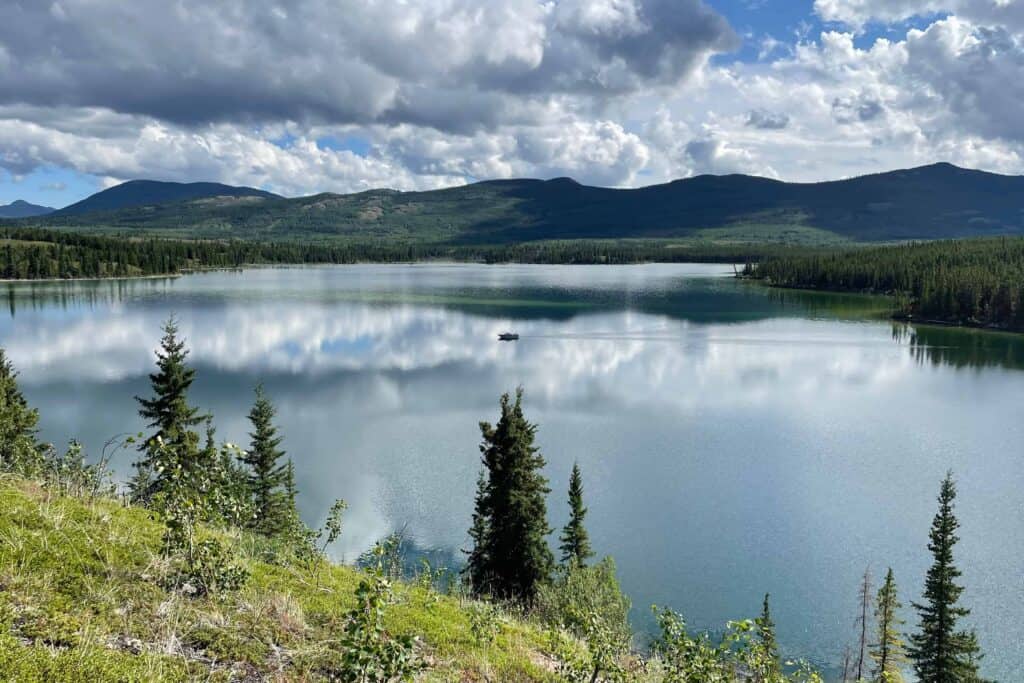
A recent audit by the Federal Environment Commissioner, Jerry DeMarco, showed that Canada is falling short of its commitment to plant two billion trees by 2030, to fight climate change. In the audit, DeMarco said, “It is unlikely that the 2 Billion Trees (2BT) program will meet its objectives, unless significant changes are made.”
This program was initially a huge success, with Canada meeting its goal for the first year, but growing that many trees is a complex endeavour with nurseries requiring years to prepare, and planting projects need to be planned in coordination with governments, First Nations and stakeholders. This may appear to be another government project with good intentions but lacking the means for success, but is it the best way to reduce carbon and protect ecosystems?
Back in 2019, trees were front and center, again, as the hero of the environmental movement, when the Trudeau government joined countries around the world to combat climate change by planting trees. Governments looked to trees as a panacea for their continued challenge to reduce their carbon footprints, based on the results of a research paper that would later be heavily criticized. In that research, the authors claimed that the Earth had space to plant an extra-trillion trees on land “not currently used” and that those new forests could trap two-thirds of emissions from all human activities. Politically, planting trees is a home run. I have yet to meet an anti-tree advocate. Even Donald Trump ceremonially planted a “straight trunk AAA tree” while promoting his government’s entrance to a global tree-planting initiative.
What many people remember from school is the notion that plants breathe in carbon dioxide and breathe out oxygen during photosynthesis. Although this is partially true, this simplification of how plants metabolize leads to the assumption that more trees equals less carbon dioxide. Although plants use sunlight to convert carbon dioxide into sugars, during photosynthesis, they have a second process called respiration where they consume some of those sugars for energy and release some of that carbon back to the atmosphere. It is true that a mature tree can store about 22 kilograms of carbon dioxide over a year, but when that tree dies, fungi and bacteria consume them during the decay process and release much of that stored carbon to the atmosphere. Furthermore, natural processes of renewal, such as fire, also release vast quantities of carbon, as well. For large volumes of carbon to be stored, a forest requires the complex interactions and roles of many species sustained over a very long time. Simply put, all forests are not created equal.
It is key that we consider overall ecosystem health when trying to store carbon through reforestation. For example, the type of tree planting we are most familiar with, relating to timber production, plants the same tree species, at the same time, making a consistent and scalable crop of trees for harvest. But in terms of carbon storage, these forests store at a fraction of the carbon compared to natural forests. Furthermore, monoculture forests have been linked to disease and pest outbreaks and the exacerbation of forest fires.
Thankfully, in contrast to many countries’ planting regimes, Canada’s 2 Billion Trees commitment has critical stipulations about what types of planting projects are acceptable. The program excludes organizations with a legal commitment to replace trees after harvesting in the timber industry. It also prevents tree planting from displacing other unique habitats. Furthermore, by acting as a funding party to other organizations, such as non-profits and First Nations, the projects are community driven.
The level of funding and the program’s aims are certainly positive, but the 2 Billion Trees goal can be ecologically misleading because it cannot clearly account for where our effort and investment is best spent. It is more efficient to protect and manage the forests that are currently standing, rather than cutting them down to regrow forests that may store less carbon. By focusing on planting trees, the necessity of management of our ecosystems can be obscured. Land-use planning and protections for existing trees is more effective but is also controversial and requires political will, but pledging to plant trees does not cause any political repercussions. For example, in Saskatchewan the provincial government aims to double their forestry harvest, by 2030, in many locations that have never been logged before, causing untold damage to both the ecology and to the climate.
If we are to achieve our climate-change and ecosystem-protection goals, we need to implement policies that will be both challenging and controversial. We cannot hope to shift to a sustainable future by continuing to uphold the same approaches to energy and extraction, regardless of how many trees are planted. Although I hope to see this program fund community-based reforestation projects that I support, I fear that this type of program may distract from making the critical changes that are required to address the most-critical challenge of our time.




